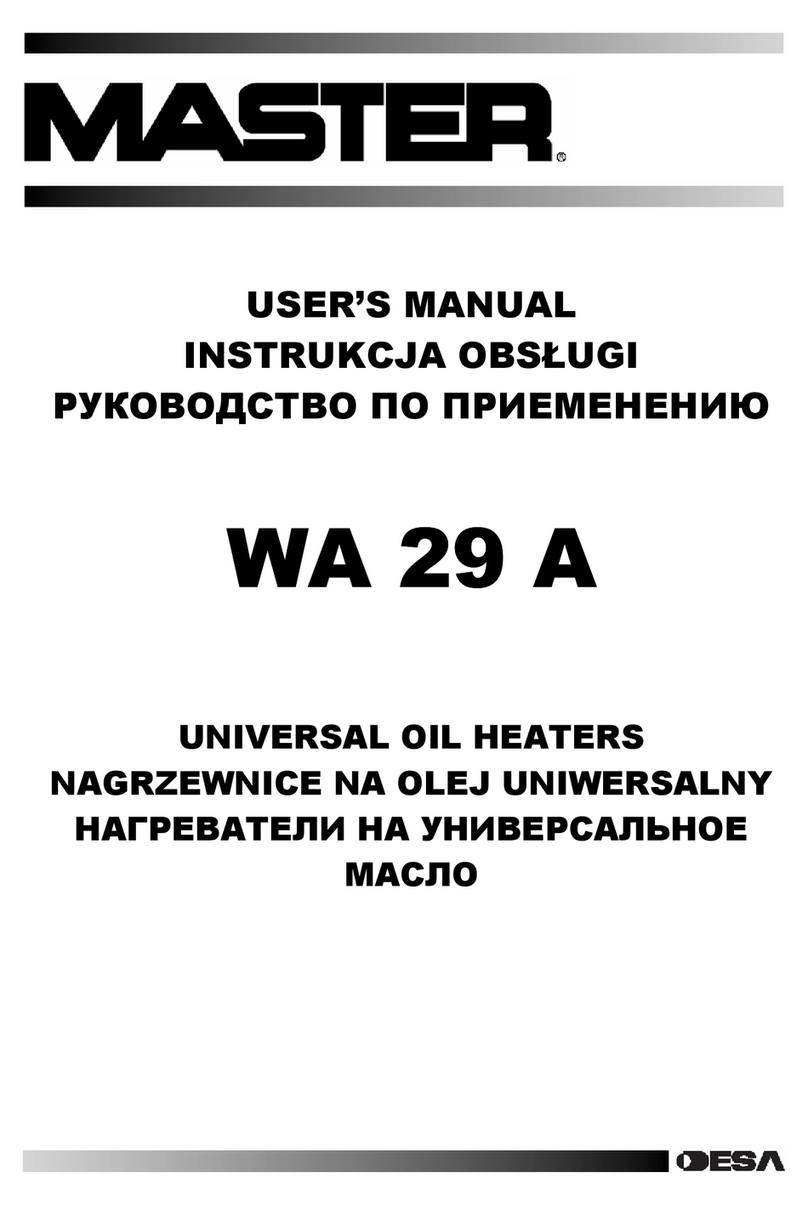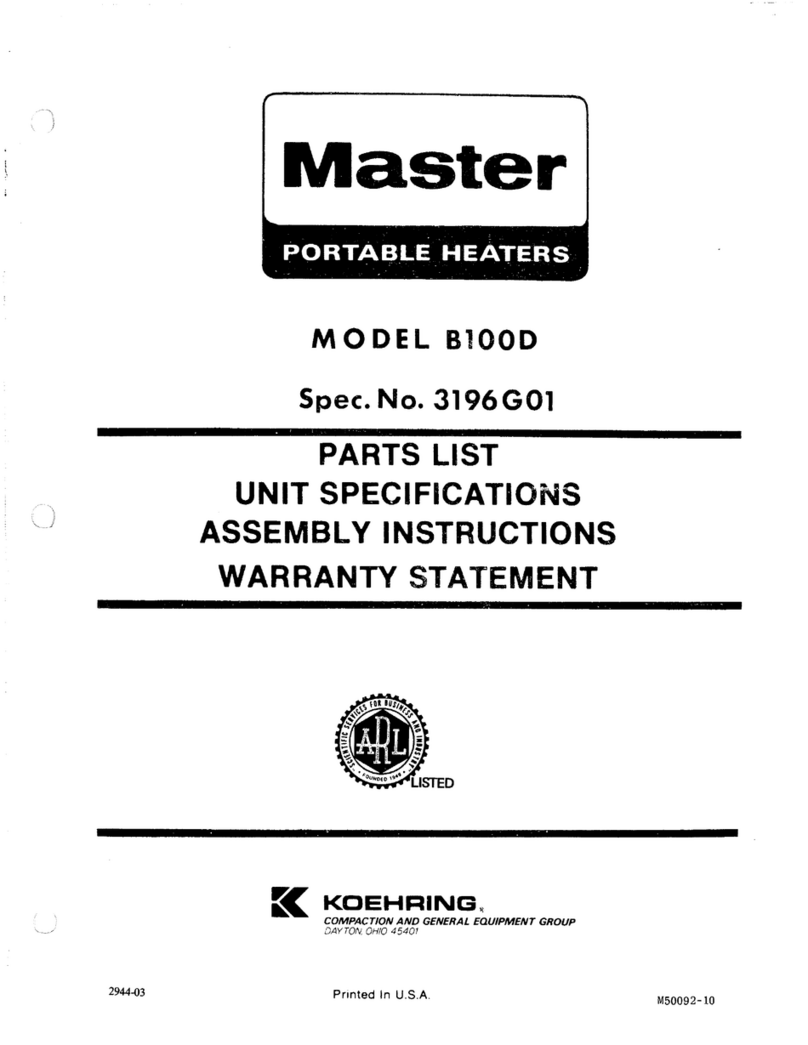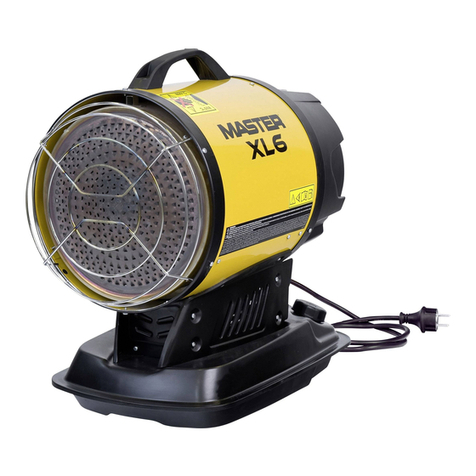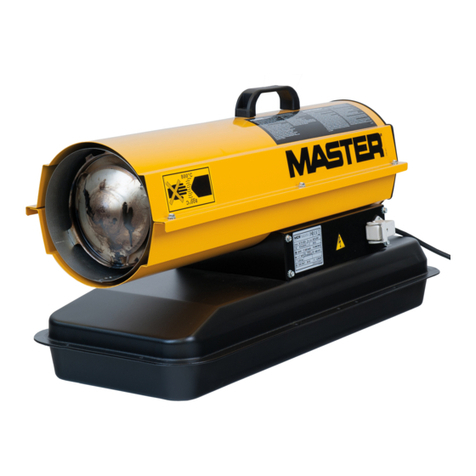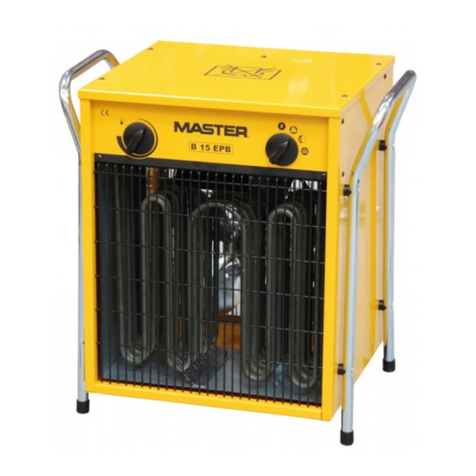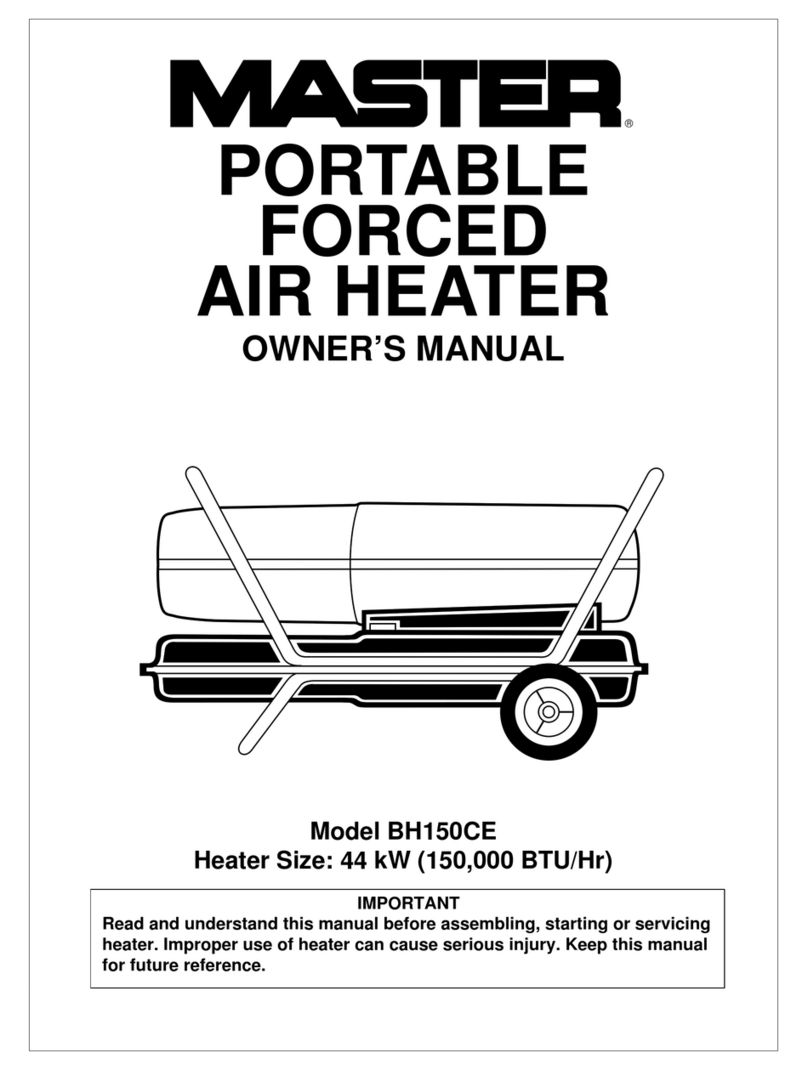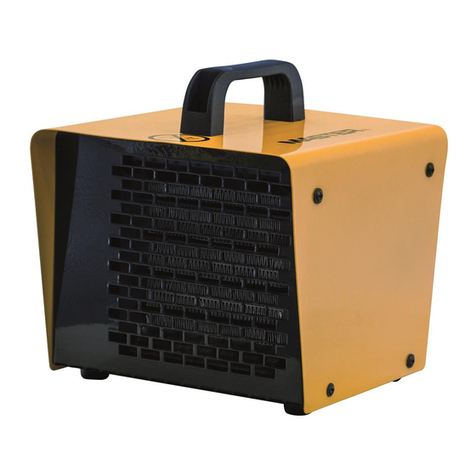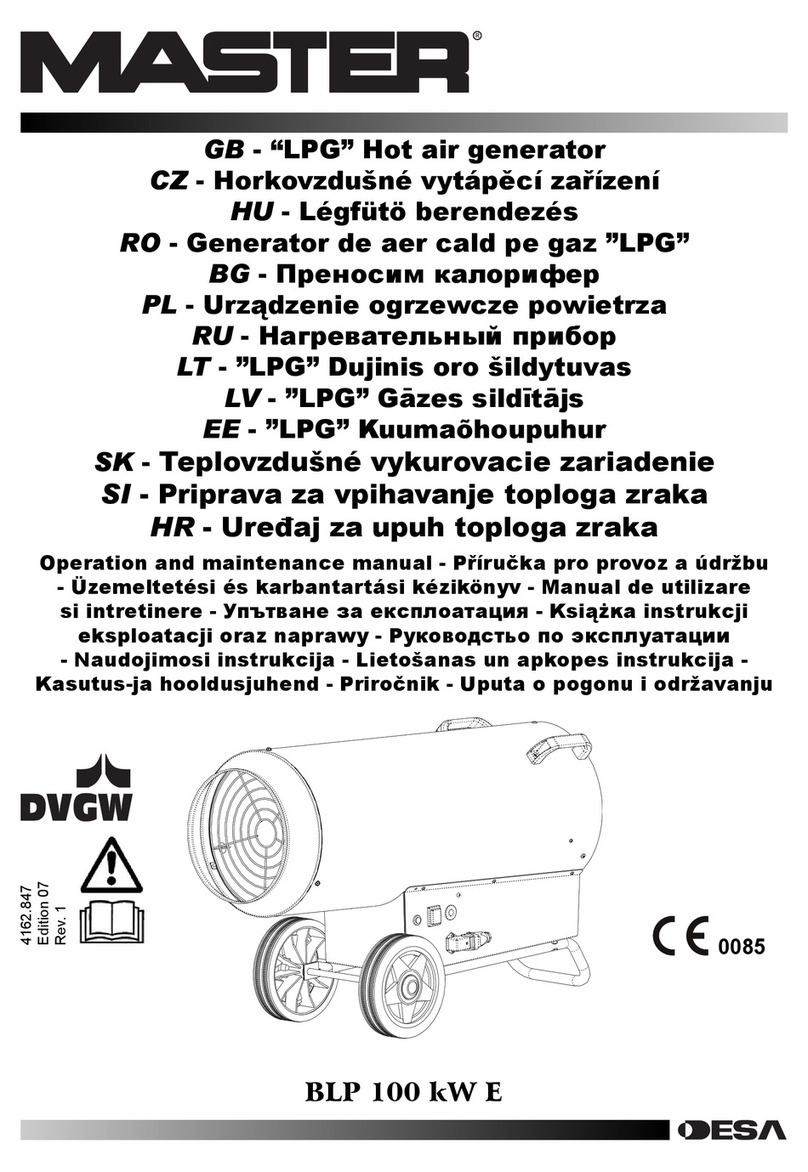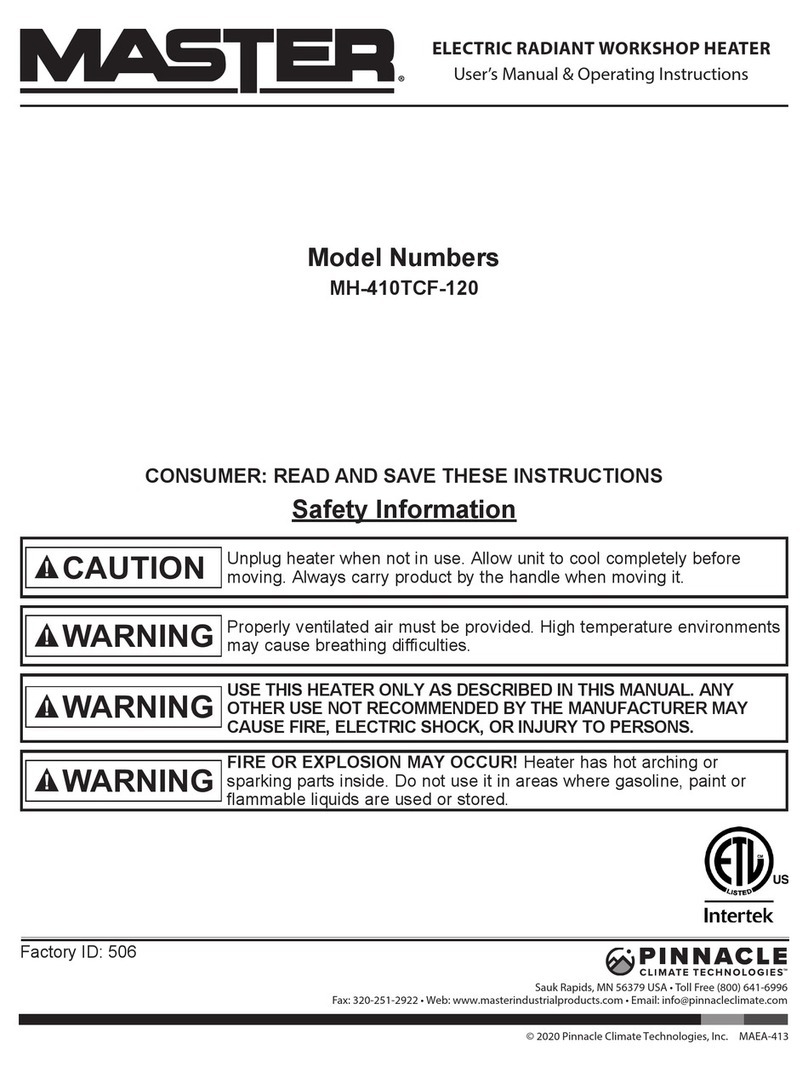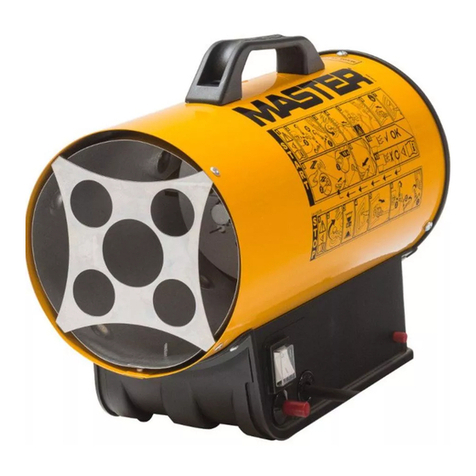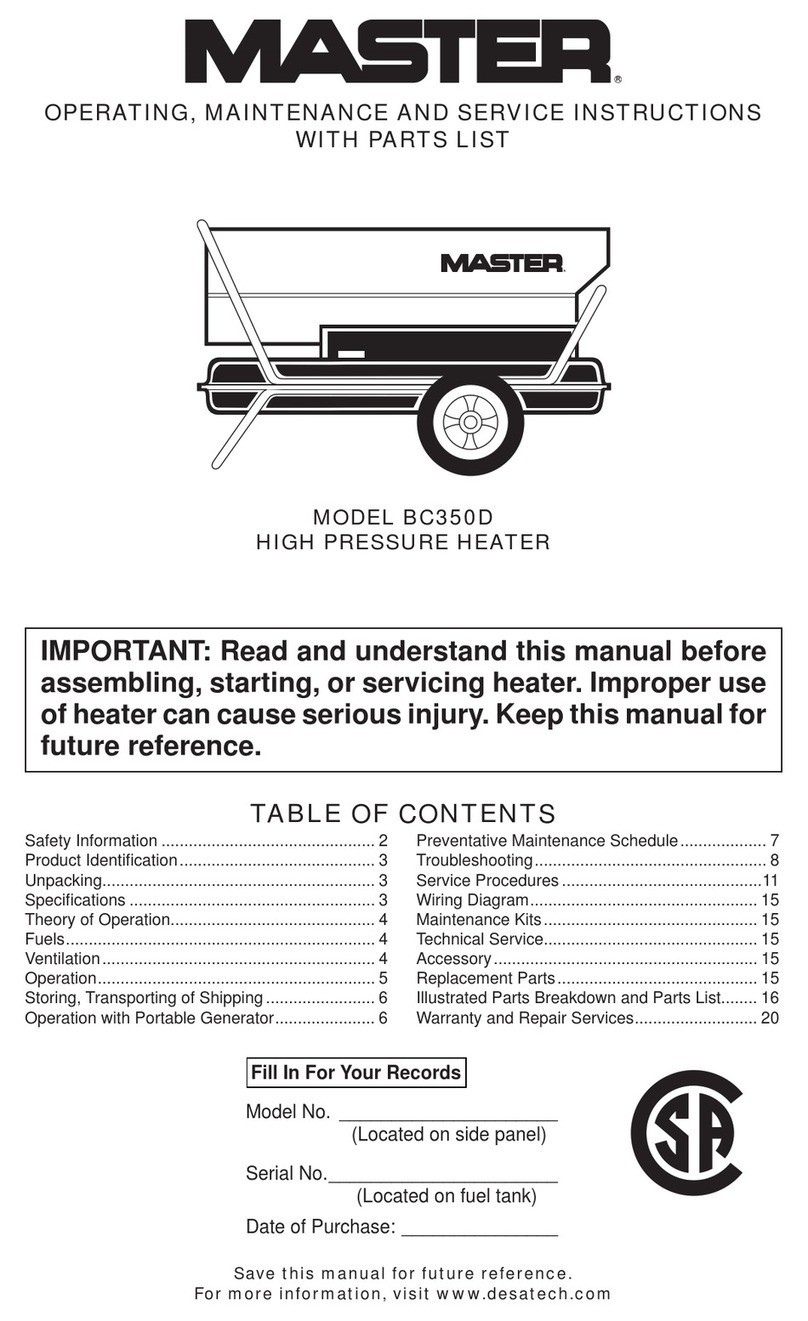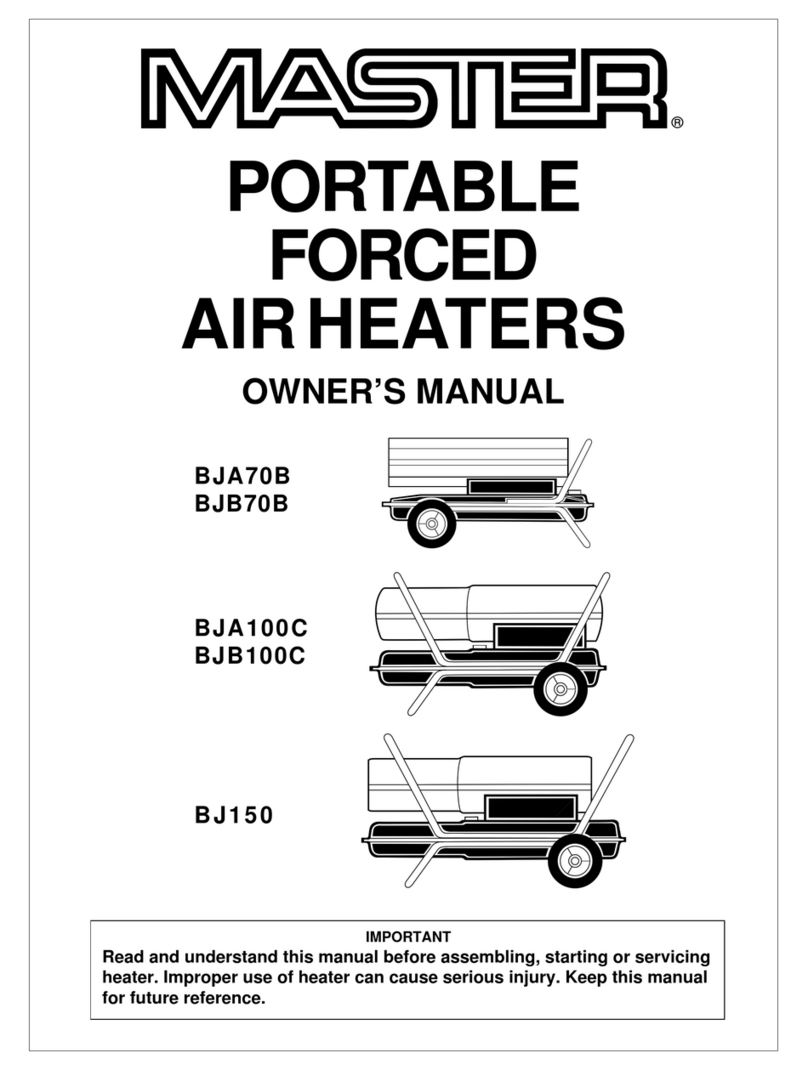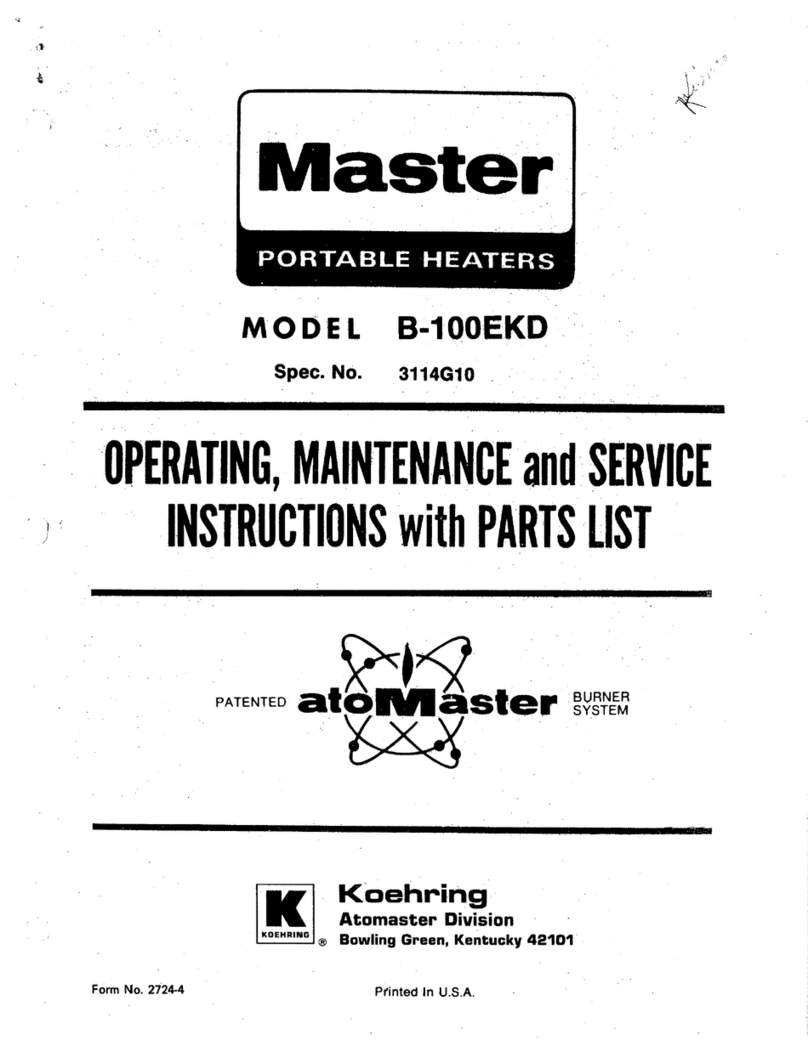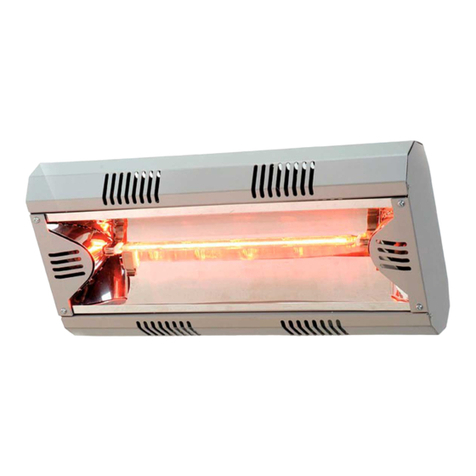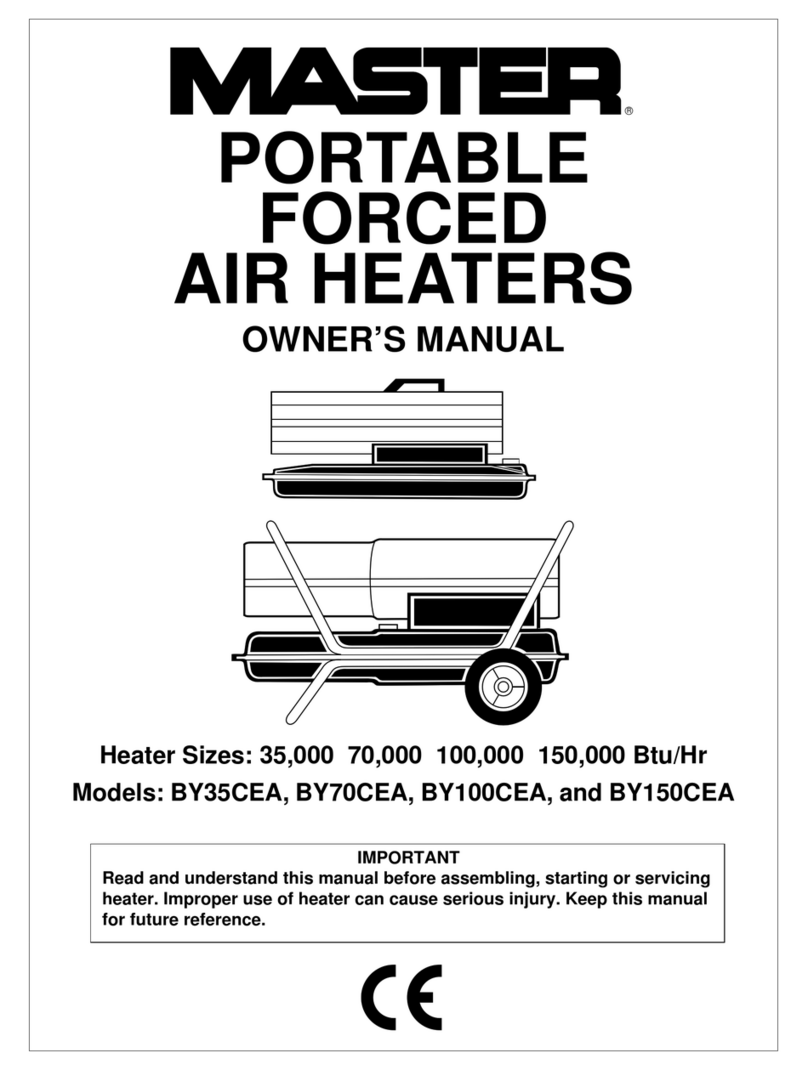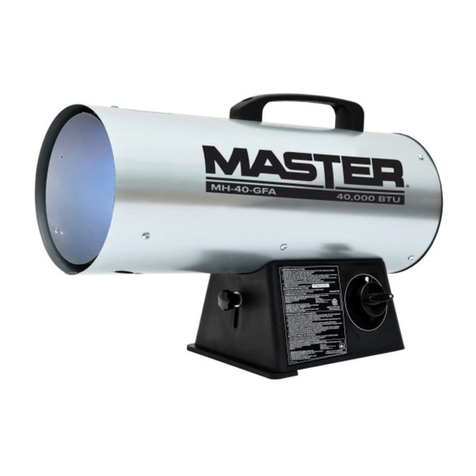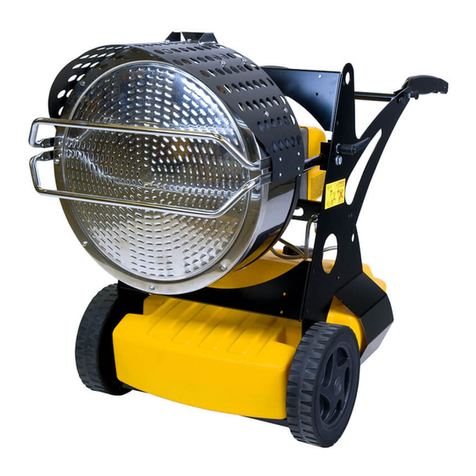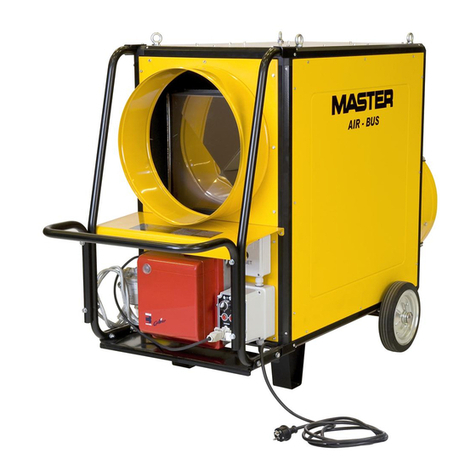
INFORMAZIONI SULLA SICUREZZA
ATTENZIONE
IMPORTANTE: Leggere attentamente e completamente il
manuale d’istruzioni prima di mettere in funzione o effet-
tuare la manutenzione di questo generatore. L’uso errato
del generatore può causare lesioni gravi o fatali a segui-
to di ustioni, incendio, esplosione, scariche elettriche o
asssia da ossido di carbonio.
PERICOLO: L’asssia da ossido di carbonio può risultare
fatale.
Asssia da ossido di carbonio - I primi sintomi di asssia
da ossido di carbonio assomigliano a quelli dell’inuenza, con
cefalee, capogiri e/o nausea. Tali sintomi potrebbero essere
causati dal funzionamento difettoso del generatore. In tal caso
uscire immediatamente all’aperto. Far riparare il generatore.
Accertarsi di leggere e comprendere tutte le avvertenze.
Conservare questo manuale a titolo di futuro riferimento: funge
infatti da guida al funzionamento sicuro e corretto del generatore.
• Usare solamente cherosene o gasolio per evitare i rischi di
incendio o di esplosione. Non fare mai uso di benzina, nafta,
solventi per vernici, alcool o altri combustibili altamente inam-
mabili.
• Rifornimento:
a) Il personale incaricato del rifornimento deve essere quali-
cato ed avere totale dimestichezza con le istruzioni del fab-
bricante e con la normativa vigente in merito al rifornimento
sicuro dei generatori.
b) Usare solamente il tipo di combustibile espressamente speci-
cato sulla targhetta identicativa del generatore.
c) Prima di effettuare il rifornimento, spegnere tutte le amme,
ed attendere che il generatore si raffreddi.
d) Nel corso del rifornimento, ispezionare tutte le linee del com-
bustibile ed i relativi raccordi, alla ricerca di eventuali perdite.
Qualsiasi perdita va riparata prima di rimettere in funzione il
generatore.
e) In nessuna circostanza si deve conservare nello stesso edi-
cio, in vicinanza del riscaldatore, una quantità di combustibile
superiore a quella necessaria per mantenere in funzione il
riscaldatore per una giornata. Le cisterne di magazzinaggio
del carburante devono trovarsi in una struttura separata.
f) Tutti i serbatoi del combustibile devono trovarsi ad una di-
stanza minima di sicurezza (secondo la normativa vigente)
da riscaldatori, cannelli ossidrici, attrezzature per la saldatura
e simili fonti di accensione (ad eccezione del serbatoio del
combustibile incorporato nel generatore).
g) Il combustibile va conservato in locali il cui pavimento non
permetta la penetrazione ed il gocciolio del combustibile su
amme sottostanti che possano causarne l’accensione.
h) La conservazione del combustibile va effettuata in conformità
alla normativa vigente.
• Non usare mai il generatore in locali nei quali siano presenti
benzina, solventi per vernici o vapori altamente inammabili o
elevate concentrazioni di polvere.
• Durante l’uso del riscaldatore, attenersi a tutte le ordinanze
locali ed alla normativa vigente.
• I riscaldatori usati in prossimità di teloni, tende o altri materiali
di copertura simili devono essere situati a distanza di sicurezza
da essi. La distanza minima di sicurezza consigliata è quella
consigliata dalle normative vigenti nello stato di appartenenza.
Si consiglia anche di usare materiali di copertura di tipo igni-
fugo. Tali materiali vanno ssati in modo sicuro, onde evitare
che prendano fuoco e prevenire interferenze con il generatore
causate dal vento.
• Usare solamente in aree ben ventilate. Predisporre pertanto
un’apertura o comunque un ricambio d’aria adeguato secondo
le normative vigenti nello stato di appartenenza allo scopo di
immettere aria fresca dall’esterno.
• Alimentare il generatore solamente con corrente avente la ten-
sione e la frequenza specicate sulla targhetta identicativa.
• Usare solamente prolunghe a tre li opportunamente collegate
a massa.
• Mantenere una distanza minima di sicurezza tra il riscaldatore
e sostanze combustibili secondo le normative vigenti nello
stato di appartenenza.
• Porre il generatore caldo o in funzione su una supercie stabile
e livellata, in modo da evitare i rischi di incendio.
• Quando si sposta o si conserva il generatore, mantenerlo in
posizione livellata, per evitare la fuoriuscita del combustibile.
• Tenere lontani i bambini e gli animali dal generatore.
• Scollegare il generatore dalla presa di rete quando non lo si
usa.
• Quando è controllato da un dispositivo di controllo (termostato
ambiente), il riscaldatore può accendersi in qualsiasi momen-
to.
• Non usare mai il generatore in stanze frequentemente abita-
te.
• Non ostruire mai le griglie di aspirazione o di dissipazione.
• Quando il riscaldatore è caldo, collegato alla rete o in funzione
non deve mai essere spostato, maneggiato, rifornito né sog-
getto ad alcun intervento di manutenzione.
• Il fumo che fuoriesce dalla prima combustione è dovuto al-
l’evaporazione di materiale organico (ceramiche) presente
nella camera di combustione e da olio anticorrosione presente
sulla supercie dei componenti del bruciatore. Dopo qualche
minuto il fumo sparirà.
• Utilizzare la macchina all’interno di una temperatura ambiente
di -30°C +40°C.
2
it

